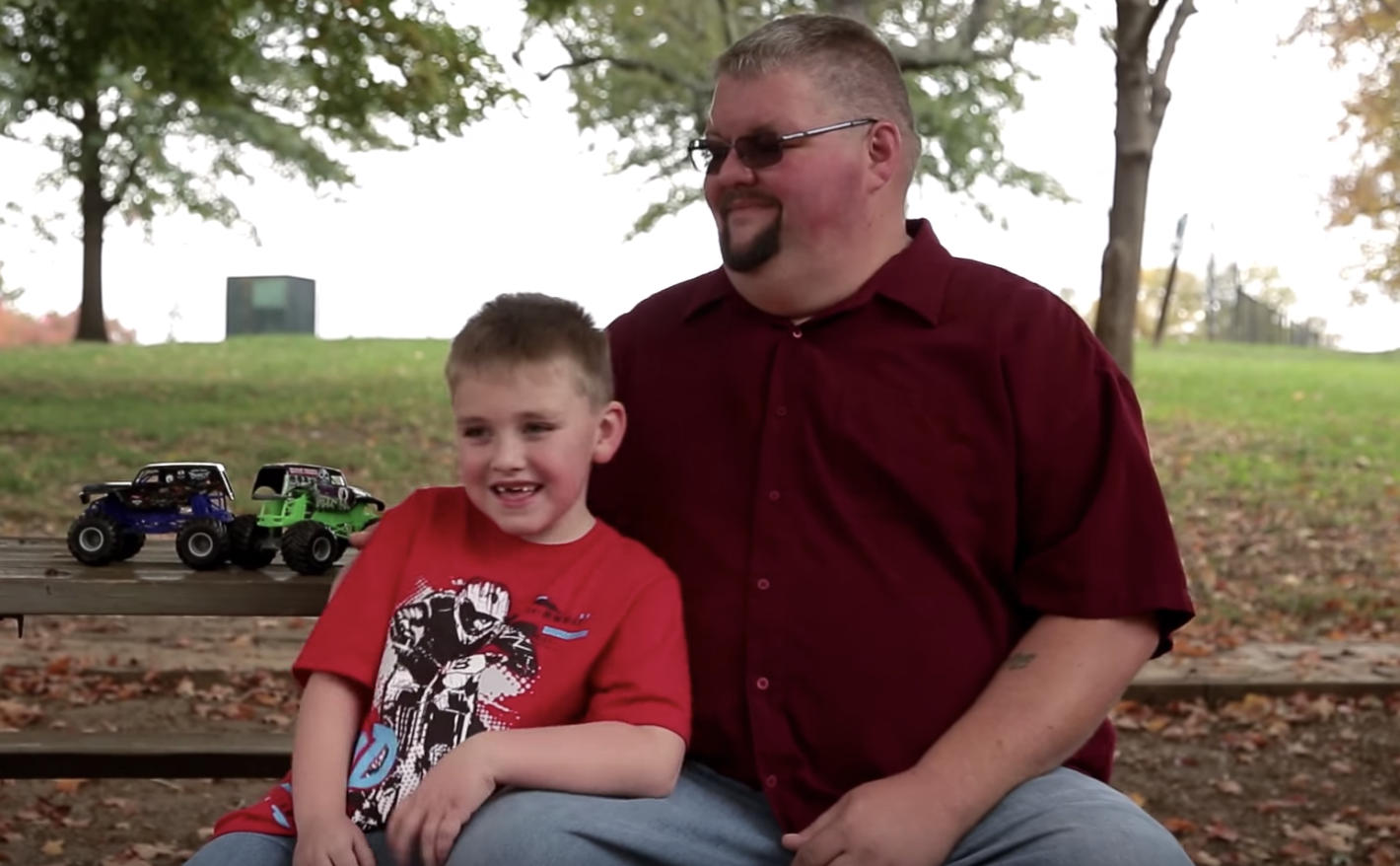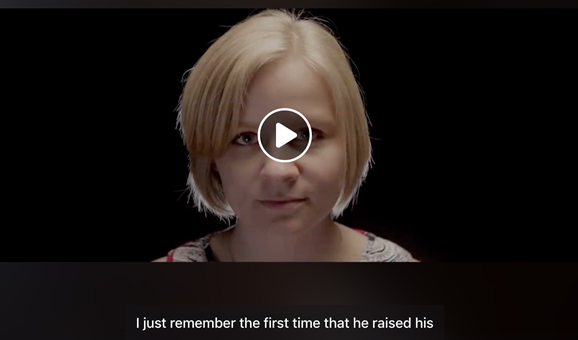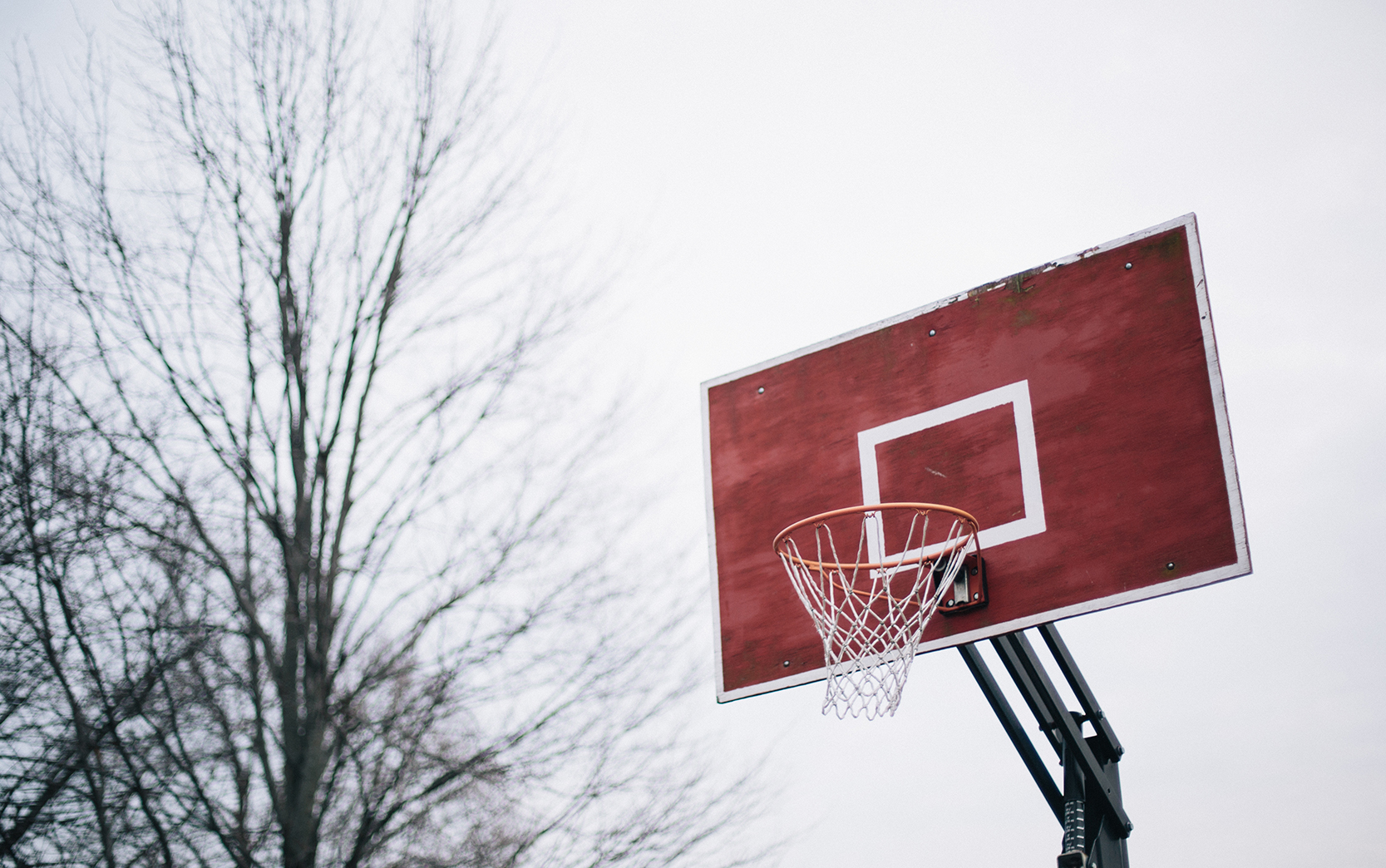“My life started to turn around when I went to Fathers First.”
Walter is a Fathers First alumnus, and he says that coming to TAP changed his life.
As Walter puts it, “My life before I became a dad was just a bunch of drugs. I didn’t care about anything at all.” That changed when a friend recommended he check out a TAP program that helps fathers build better relationships with their children. By using the tools the program offered, Walter got back on track to being the person and the father he knew he could be.
Looking back on his time in the program, Walter characterizes Fathers First as something that “opens doors for people and helps you to make a step up.” His description of how the program enables its clients to grow and build their skills echoes the way he talks about letting his children experience the sometimes frustrating and painful process of learning and growth for themselves.
Being a parent means needing to know when to step in, and when to hold back. Walter acknowledges that holding back isn’t his natural instinct and that it’s not always easy watching his kids in their struggles to learn and to grow. “The best part about being a dad is trying to be there for them,” Walter says. “Their first steps, if they have a problem you want to fix it for them right away. It’s an emotional battle because you know that they have to do it by themselves.”
Ultimately, he has come to view that delicate balance as a valuable experience for him and his children. He notes, “It’s a wonderful feeling just to be there with them while they’re going through that.”
There’s no doubt that parenting is hard work but it is truly rewarding. Fathers First creates an honest, supportive environment that gives our clients the tools to become the best parents they can be. We invite you to be part of making healthy, responsible parenting that builds resilient, independent children happen throughout our community.
Become a volunteer mentor, donate to keep building the program, or share the program with someone you think is ready to make the step up. We can all be part of building better communities, one family at a time.
Find out more about the program on our website and on Facebook.



